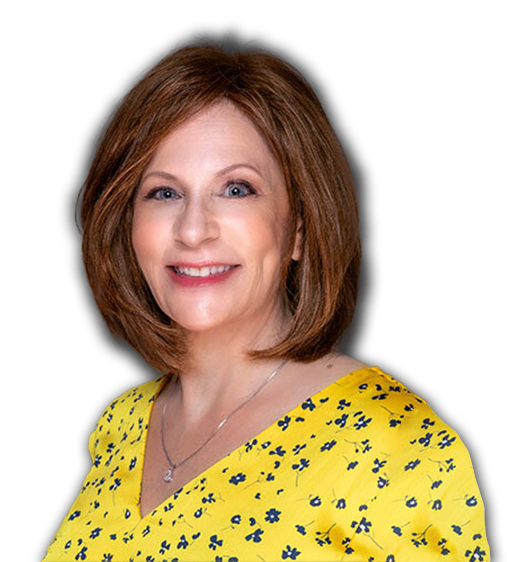Medicare Prescription Drug (Part D) Plans Explained
Here is a brief look into simplifying Medicare Prescription Drug Part D Plans along with requirements, what is covered or not covered, tier systems as well as generic drugs.
What are Medicare Part D Plans?
Also called Medicare Part D, Medicare Prescription Drug Plans are stand-alone plans that add prescription drug coverage to your Medicare Parts A and B coverage. Medicare-approved private companies offer part D plans, and the cost of each plan depends on the provider and your location.
These plans help cover the cost of prescription drugs (including many recommended shots or vaccines). Part D plans are run by private insurance companies that follow the rules set by Medicare.
☆ There are two ways to obtain Part D Coverage:
Stand-alone Part D Plan added on to Original Medicare
Medicare Advantage Plan with Part D coverage included (Part C aka MAPD)
☆ Requirements for Part D coverage include:
Must be entitled to Part A or enrolled in Part B
Must reside within the plan’s service area
PRESCRIPTION DRUG AVERAGE COSTS:
| Premium | Varies by plan |
| Yearly deductible | No more than $480 in 2022 |
| Copayments | Amount paid for covered drugs |
| Cost in the average gap | Limits on covered drugs $4,430 in 2022 |
| Extra help | Low-income program |
| Late enrollment payment (Out of IEP) | 1% X "national base beneficiary premium" X number of months w/o coverage rounded to the nearest $.10 added premium |
WHAT IS / IS NOT COVERED?
| Covered |
|---|
| Covered prescription drugs (formulary) |
| Generic and brand name drugs |
Pharmacies(Preferred, standard, mail order pharmacy) |
| Diabetic Supplies |
| Not Covered |
|---|
| Vitamins |
| Over-the-counter drugs |
| Weight loss drugs |
| Erectile dysfunction drugs |
A plan’s list of covered drugs is called a “formulary,” and each plan has its formulary.
Most Medicare drug plans (Medicare drug plans and Medicare Advantage Plans with prescription drug coverage) have a formulary. Plans are required to include both brand-name prescription drugs and generic drug coverage. In addition, the formulary comprises at least two drugs in the most commonly prescribed categories and classes.
This helps ensure that people with different medical conditions can get the prescription drugs they need. All Medicare drug plans must cover at least two drugs per drug category, but plans can choose which drugs covered by Part D they will offer.
The formulary might not include your specific drug. However, in most cases, a similar drug should be available. If you or your prescriber (your doctor or other health care provider who is legally allowed to write prescriptions) believes none of the drugs on your plan’s formulary will work for your condition, you can ask for an exception.
A Medicare drug plan can make some changes to its drug list during the year if it follows guidelines set by Medicare. Your plan may change its drug list during the year because drug therapies change, new drugs are released, or further medical information becomes available.
The Tier System
Many plans place drugs into different levels, called “tiers,” on their formularies. Drugs in each tier have an additional cost. So, for example, a drug in a lower tier will generally cost you less than a drug in a higher tier.
Many plans are offering prescription drug coverage and placing drugs into different “tiers” on their formularies to lower costs. Each plan can divide its tiers in different ways. Each tier costs an additional amount. Generally, a drug in a lower tier will cost you less than a drug in a higher tier.
Here is an example of a
Medicare Drug Plan's tiers ▶︎
NOTE: Your plan’s tiers may be different.
All plans must cover a wide range of prescription drugs that people with Medicare take, including most drugs in certain protected classes such as drugs to treat cancer or HIV/AIDS and other severe or chronic illnesses/conditions.
Tier 1—lowest copayment: most generic prescription drugs
Tier 2—medium copayment: preferred, brand-name prescription drugs
Tier 3—higher copayment: non-preferred, brand-name prescription drugs
Specialty tier—highest copayment: very high-cost prescription drugs
In some cases, if your drug is in a higher tier and your prescriber (your doctor or other health care provider who is legally allowed to write prescriptions) thinks you need that drug instead of a similar drug in a lower tier, you or your prescriber can ask your plan for an
An exception is to get a lower coinsurance or copayment for the drug in the higher tier. Plans can change their formularies at any time. Your plan may notify you of any formulary changes that affect your drugs.
A Word About Generic Drugs
Generic drugs are copies of brand-name drugs and are the same as those brand-name drugs in:
Dosage form
Safety
Strength
Route of administration
Quality
Performance characteristics
Intended use
Generic drugs use the same active ingredients as brand-name prescription drugs. Generic drug makers must prove to the FDA that their product works the same way as the brand-name prescription drug. In some cases, there may not be a generic drug the same as the brand-name drug you take, but there may be another generic drug that will work well for you. Talk to your doctor or other prescriber about your generic drug coverage.



